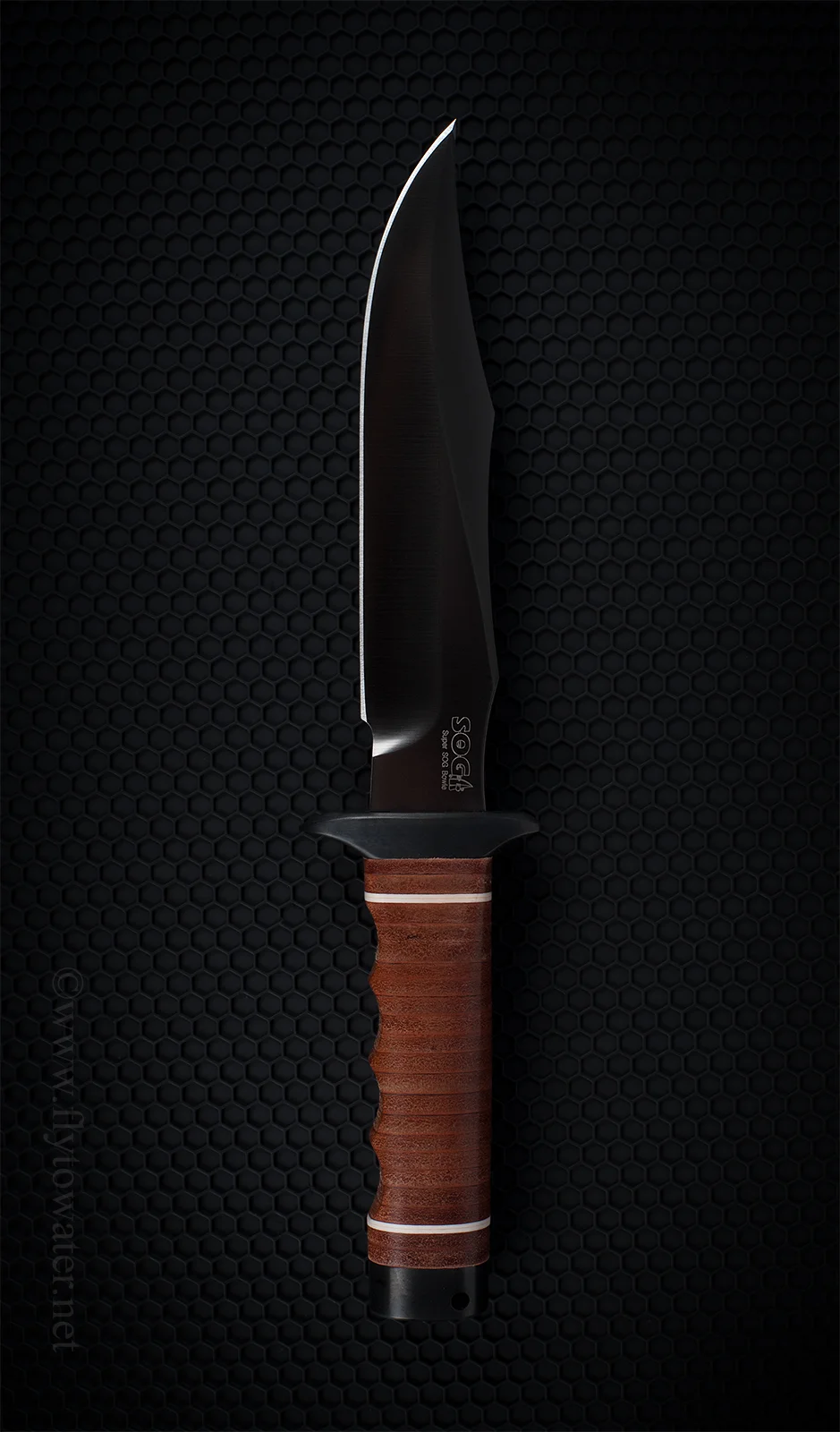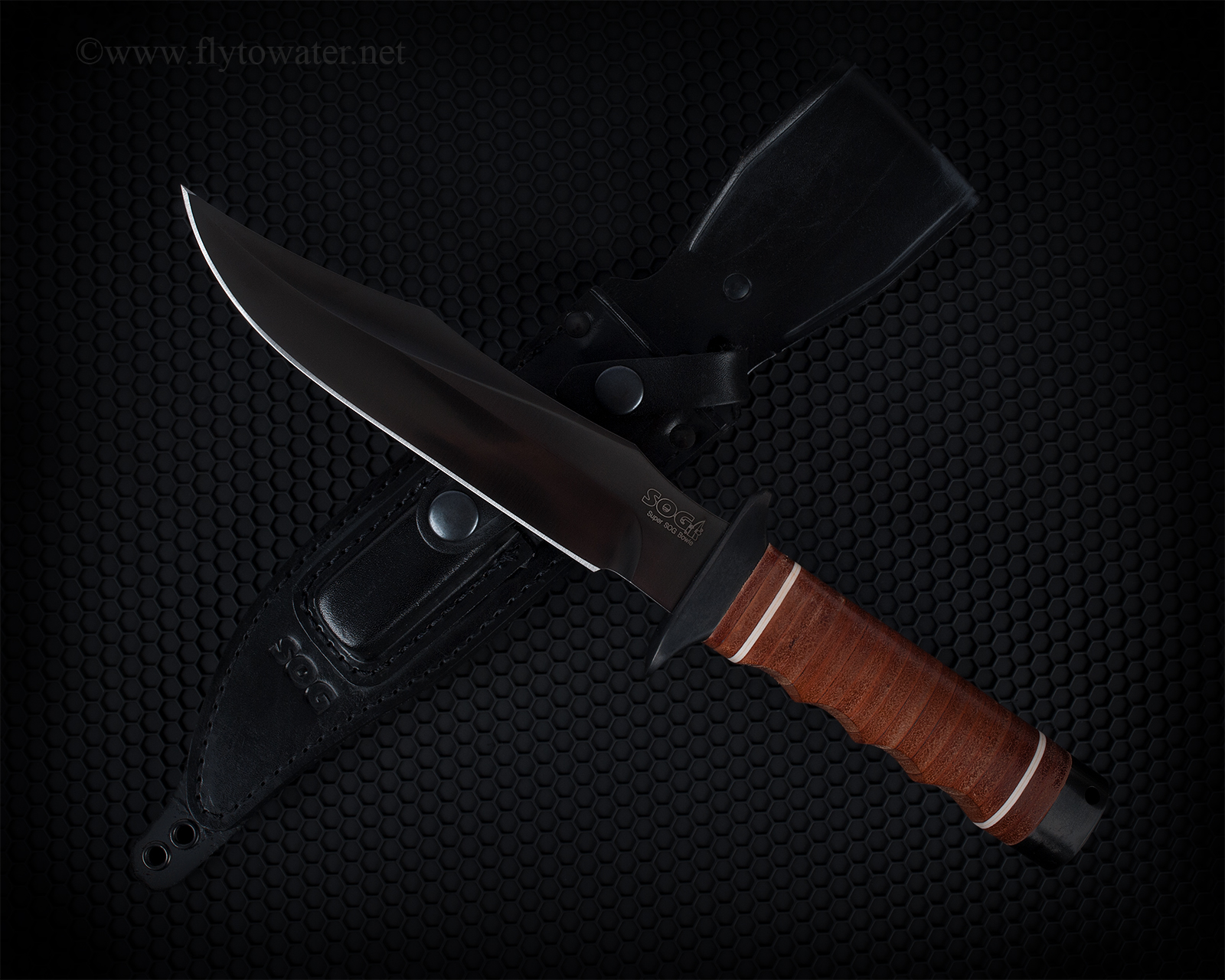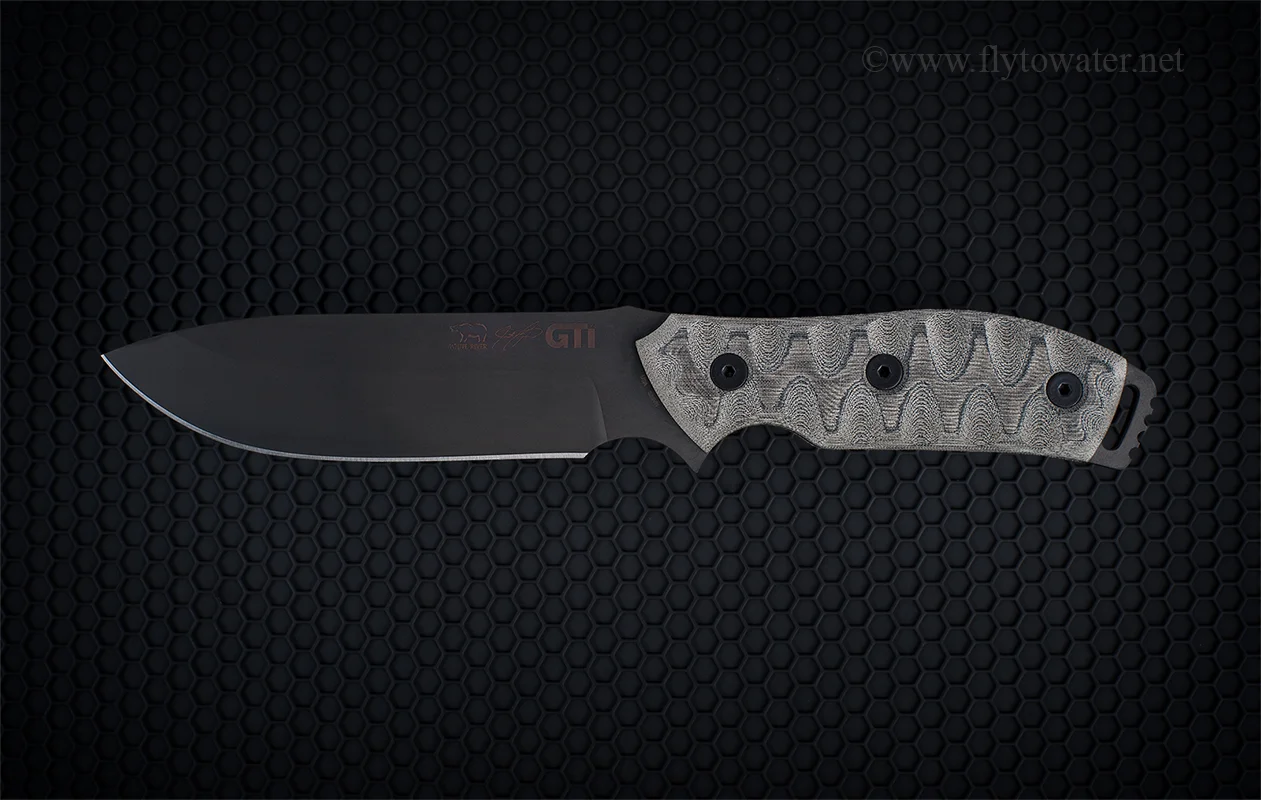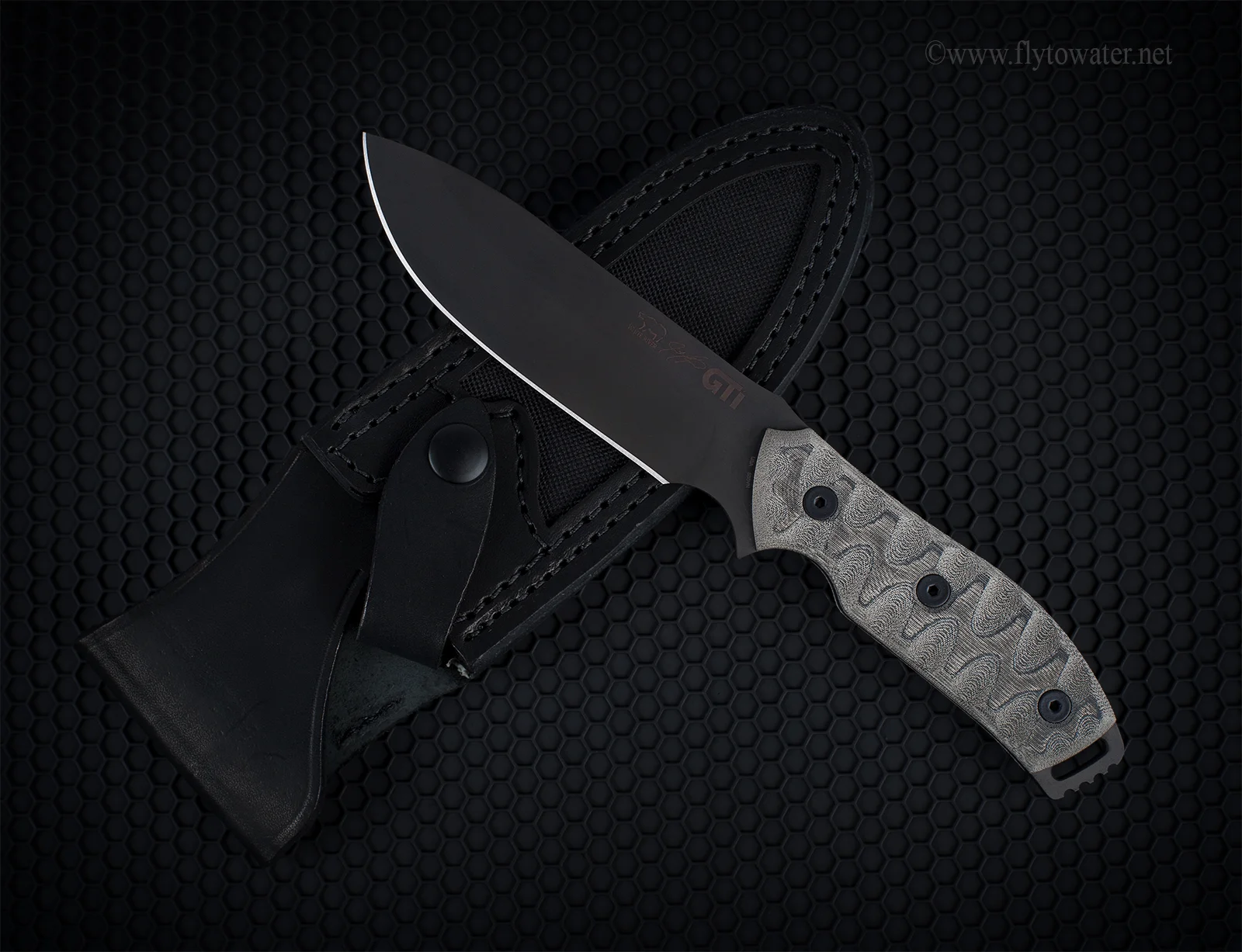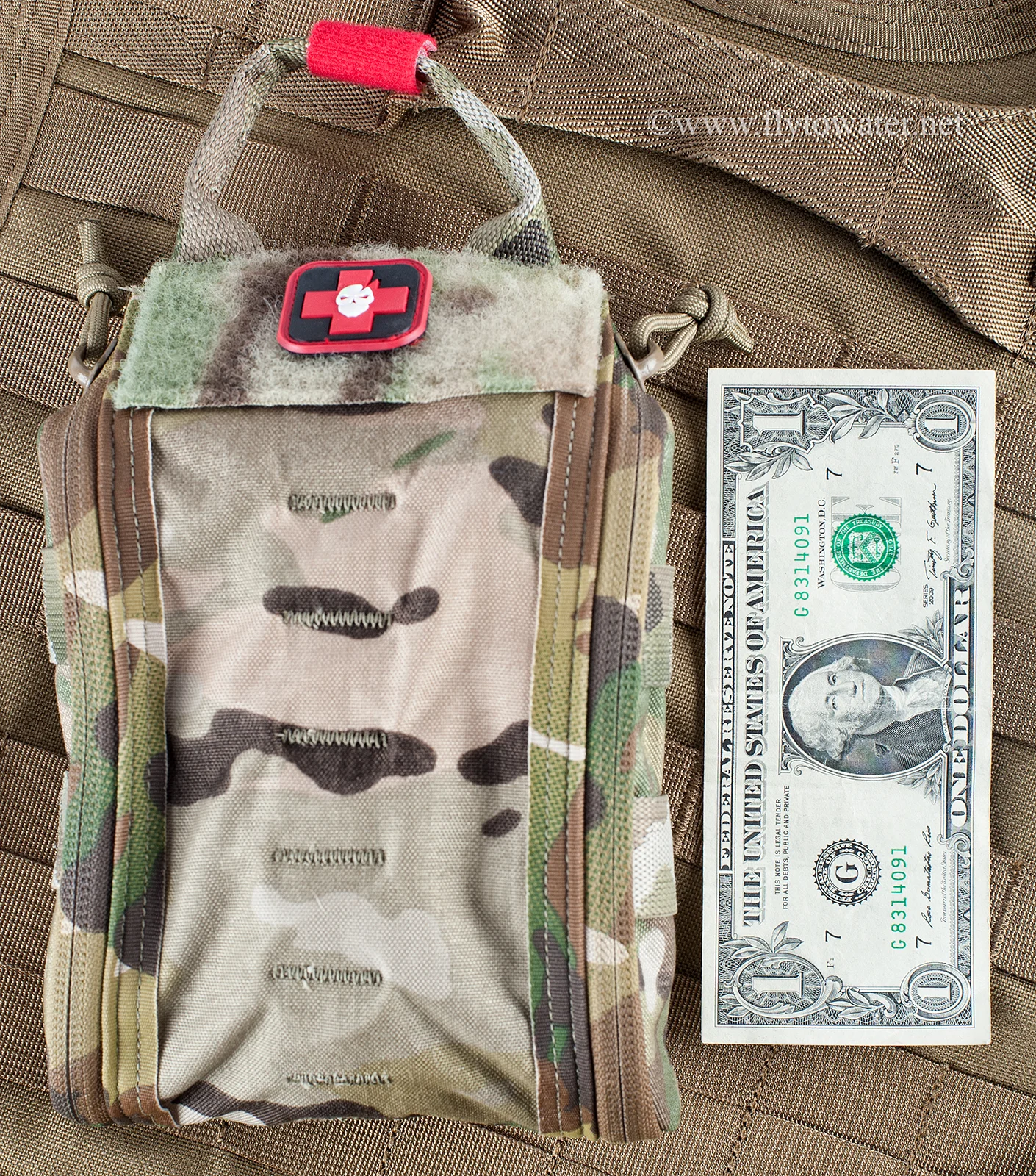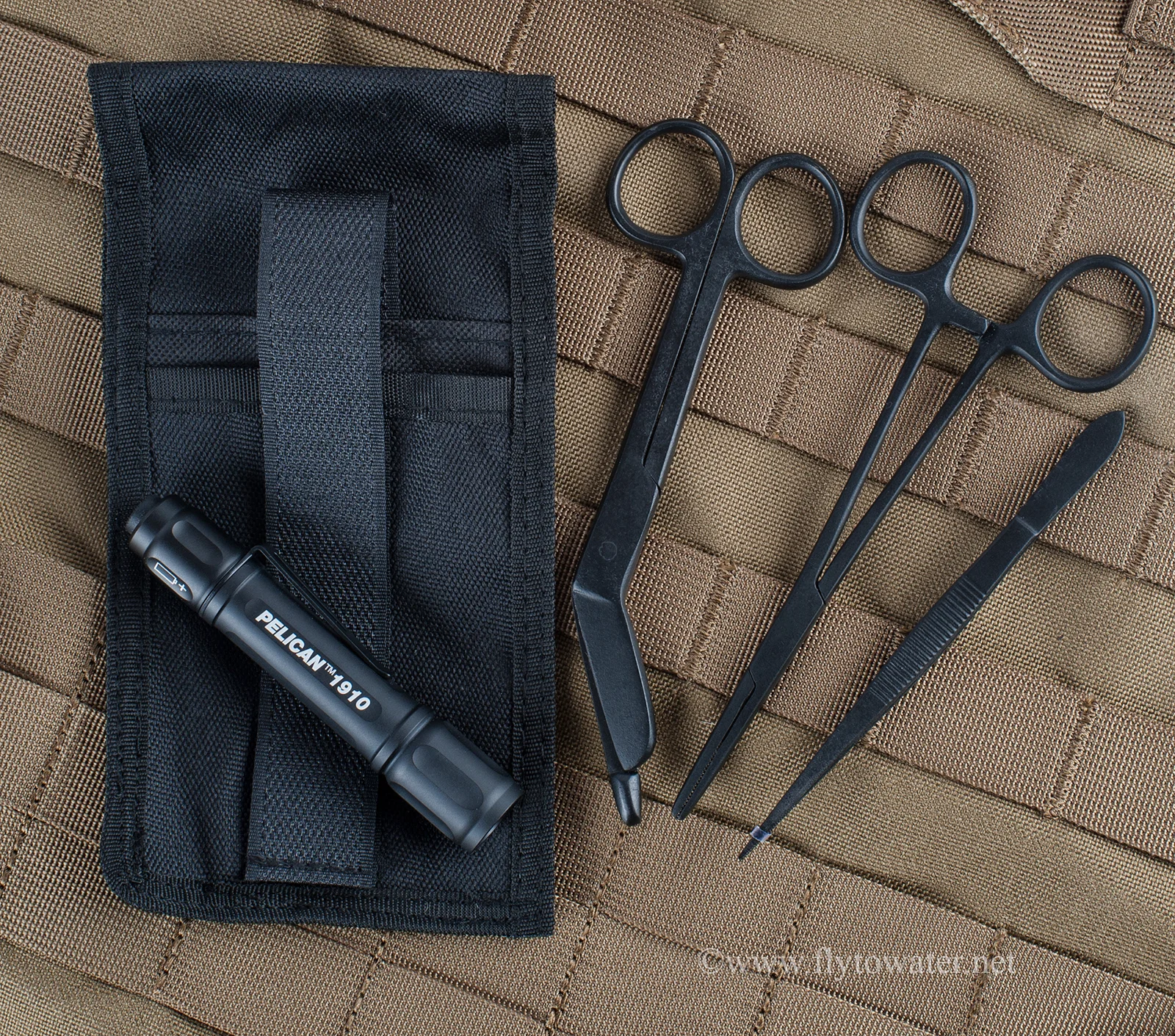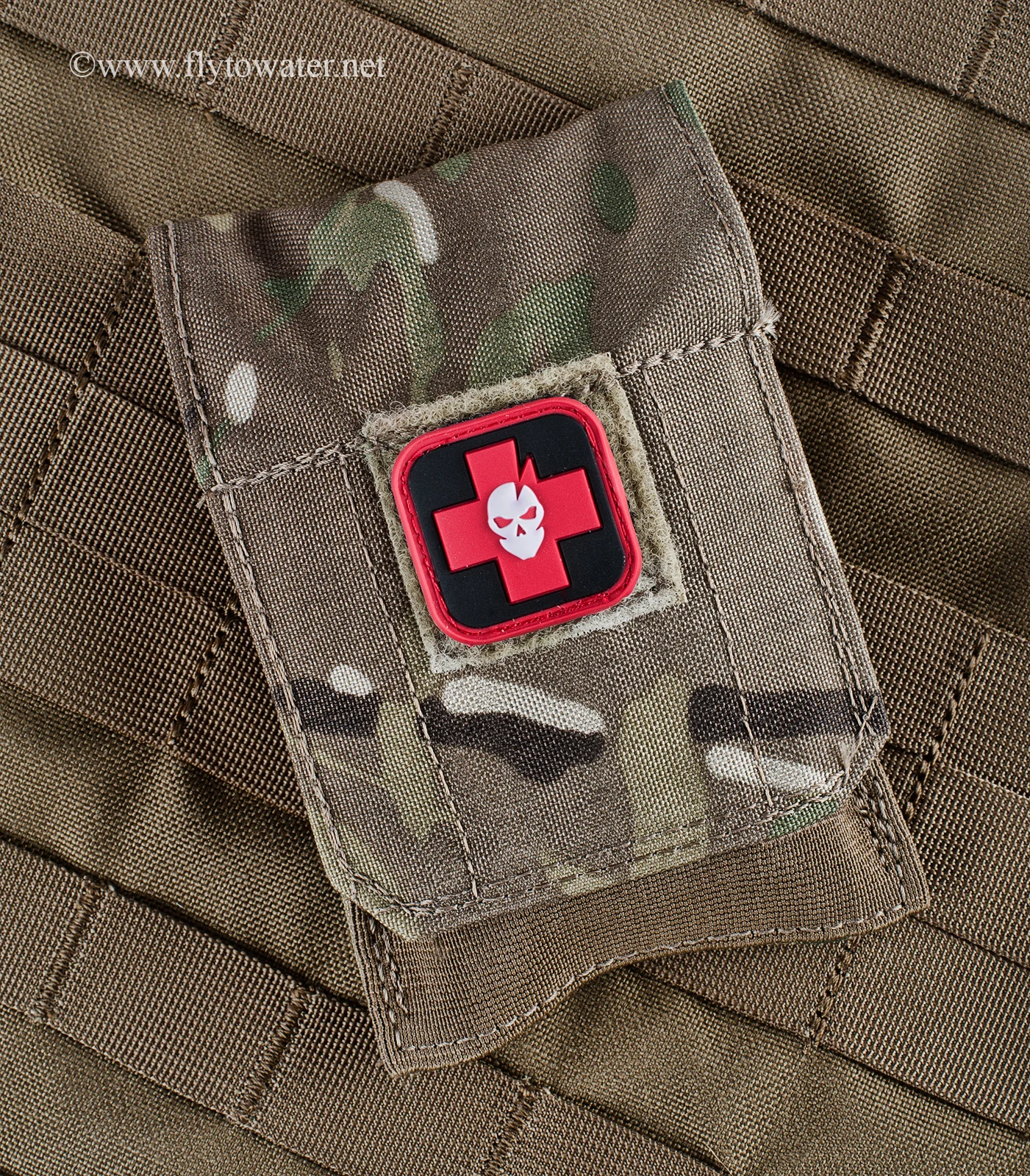Reader Question: "Will there be a part 5 to the Edges saga?"
FlytoWater Answer: "No, we are using Roman numerals in this highly fluid situation and therefore there will be no part 5. There will, however, be a part vee."
Let's face it, there are times when you need a BAK, or big-ass knife. Since about 1830, people with this type of need have, as often as not, reached for some iteration of the Bowie.
It's an effective formula. Get a big blade, give it a clip point and swedge for ease of puncturing, include a robust handle and guard so you can bring a lot of force to bear, and top things off with a long, sharp edge.
The downside of all this tends to be a large, heavy implement that you always know is there regardless of how you choose to carry it. Still, when only a Bowie will do I like the SOG Super Bowie for it's modern take on a classic design. It's a wicked 7.5" blade cloaked in durable, black TiNi coating with a large, weighty hilt and traditional stacked leather handle.
Upon picking up the Super Bowie, you immediately notice that it's heavy yet well-balanced. The leather handle gives you a machete-like grip and coupled with the heft it's obvious that the SOG is up for whatever serious business you have in mind. One of the things I like about leather as a material choice is that it has a certain shock absorbing quality that makes a task like chopping significantly more pleasant than most alternatives.
This knife's point is scary sharp and so is the blade. AUS-8 steel, which SOG uses extensively, has a reputation for taking an edge extremely well. It's not the best steel for holding an edge long-term, but for a work knife that's typical. You'll use it for tough jobs and sharpen it regularly. In fact, the sheath for the Super Bowie even includes a sharpening stone - a nice touch.
SOG's Super Bowie has some obvious similarities with the KA-BAR Marine Core Fighting Knife, which has always been a strong value proposition for around $50. Comparatively, the SOG feels superior in every way and exudes a semi-custom level of craftsmanship that draws attention. If you want something to chuck in your toolbox or the bed of your pickup, the KA-BAR has always been a good kick-around option that you wouldn't mind using as a tent stake in a pinch. The Super Bowie makes my list of favorites because it's really what the KA-BAR wants to be when it grows up - still tremendously capable but a lot more refined.

